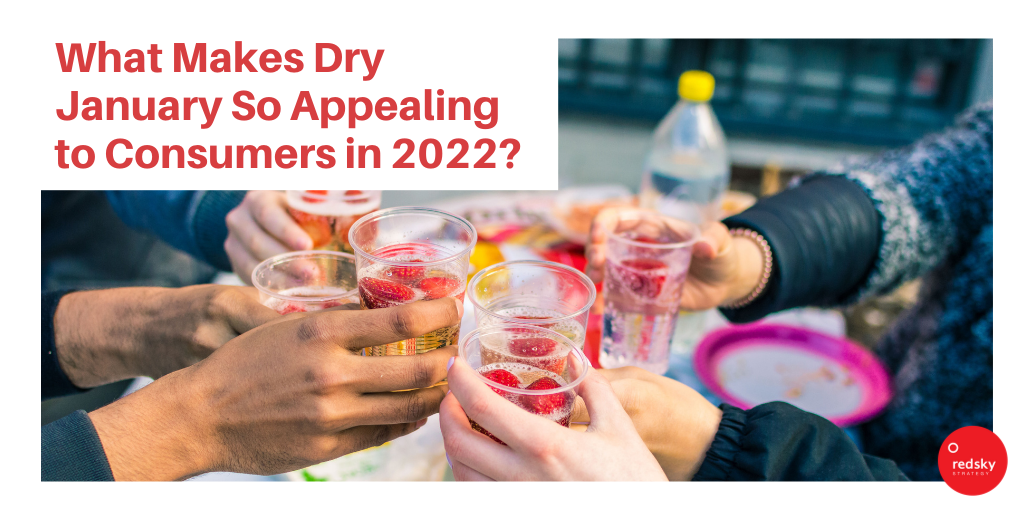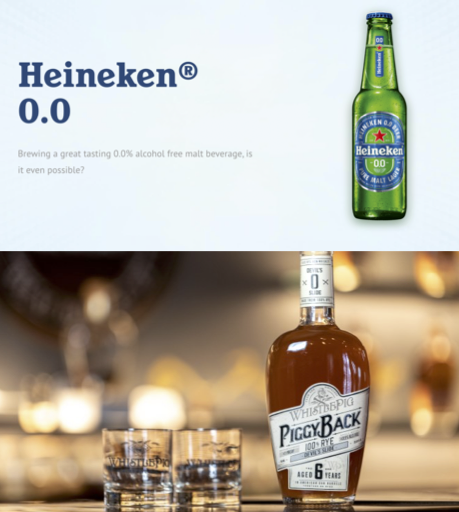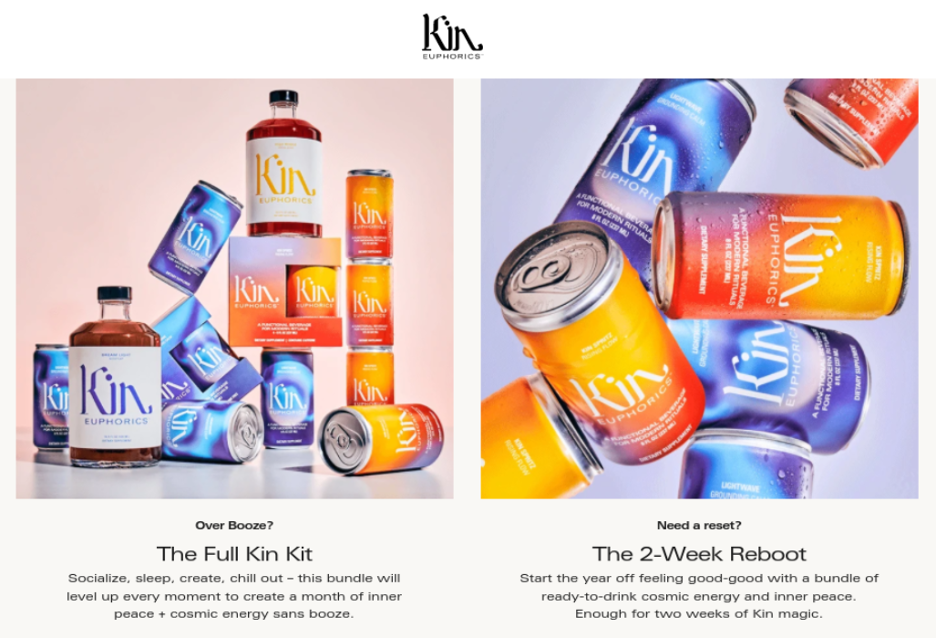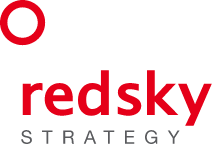News
What Makes Dry January So Appealing to Consumers in 2022?

Dry January isn’t a new concept. However, if you feel like this year ushered an exceptionally high number of people aboard the bandwagon, you’re not alone.
NCBI research found that most adults say their alcohol consumption has increased since the beginning of the pandemic. Their reasons? Higher stress levels, more alcohol availability, and boredom. In other words: the perfect concoction for overindulgence. Last year, Rand Corporation showed alcohol consumption in the U.S. grew by 14% since March 2020, with women increasing their heavy-drinking days by 41%.
Mix extended periods of isolation with intoxication, and it’s unsurprising to find many people now taking inventory of their drinking habits. The effects of COVID-19 have pushed many to re-evaluate social norms at a societal level and health habits on a personal one.
Sobering Consumption Trends
- 20% of adults this year plan to abstain from alcohol, compared to 13% in 2021
- 91% of Dry January participants cite health benefits as their primary reason
- Only 52% of adults participating in Dry January plan to fully abstain from alcohol for the entire month
- From November 2020 – 2021, non-alcoholic beverage sales surged 33%, and online non-alcoholic and low-alcoholic beverage sales saw a 312% increase
- Social media analysis found that social mentions of ‘Dry January’ increased 1,083% from 2015 to 2019
The Buzz Around Dry January
Dry January is undoubtedly a rising trend. But it’s only one part of a bigger picture: a society becoming increasingly health-conscious year-round.
This phenomenon represents an opportunity for brands to market to consumers looking to limit or replace their alcohol consumption. At the helm of the movement toward moderate drinking is the growing market of no and low (‘nolow’) alcohol drink alternatives.
The massive category expansion stems from several areas. For example, in addition to non-alcoholic beer, there’s also plenty of cannabis and CBD-infused seltzers, as well as nootropics and functional beverages saturating the market.
Strong branding, expanding availability, and increased social acceptance all contribute to the recent surge in ‘dry’ alternatives. Pair these factors with a growing desire for healthier lifestyles, and it’s easy to see why more people are willing to trade in their vodka sodas for non-alcoholic substitutions.
Marketing Towards Moderation
Not all alcohol companies are nailing the abstinence advertising this Dry January (we all saw the Pabst tweets, right?). However, there are some massively successful brands subscribing to the powerful social conversations surrounding the idea of sobriety.
Take, for example, Heineken’s zero-alcohol beer and WhistlePig’s PiggyBack Devil’s Slide Rye Non-Whiskey:

These popular labels primarily target men looking for less (or no) ABV in their beverages. Similarly, you have companies, such as adaptogenic-infused Kin Europhics, doing the same for women:

The pandemic has shed light on many areas of America’s consumption and drinking-driven culture. One is that, in the past, perhaps our attitudes toward alcohol haven’t been particularly successful in finding a middle ground.
However, we’re now seeing a shift in how we balance our accumulating health anxiety with the need to decompress. With more options to choose from, society seems less inclined to limit our attitudes and approaches to drinking and more willing to entertain and embrace new concepts and compromises.
For example, rather than committing to complete sobriety, some people identify as “Cali Sober” , meaning cannabis gets the green light. These consumers may be more likely to opt for Cann, a cannabis-infused social tonic for an uplifted, euphoric feeling or CBD-infused sparkling waters promoting relaxation and calm such as those offered by Recess:

It’s not alcohol, but it does promise to provide effects similar to what most people seek through booze to begin with by taking the edge off of a day. This type of messaging exemplifies the opportunities brands have to target the many consumers looking to safely and calmly relax in a world that lately feels anything but.
Zero-alcohol substitutions can be a staple when it comes to societal pressures. They give sober people a way of discreetly participating in social-drinking events without worrying about being chastised or questioned about their abstinence.
On the other end of the spectrum, some moderate and heavy drinkers may sense pressure to partake in Dry January. In these instances, non-alcoholic and CBD-infused beverages can help them avoid feeling like their one-month designation must equate to total deprivation.
Now, rather than it be all or nothing, society is carving out a more customizable and comfortable path for choosing, defining, and maintaining a relationship with alcohol. And whether teetotaling temporarily or abstaining indefinitely, there are a plethora of non-alcoholic alternatives to turn to.
Even as Dry January comes to an end, we can expect the prevalence of no- and low-grade alcohol drinks to continue to spur interest among sober-curious consumers. For beverage brands, ignoring or overlooking this growing trend would be a wasted opportunity.
Interested in working with RedSky Strategy to shift your perspective and marketing strategies? Our team looks forward to meeting with you, and uncovering how we can use HumanSight to illuminate the best pathway to growth for your company.
